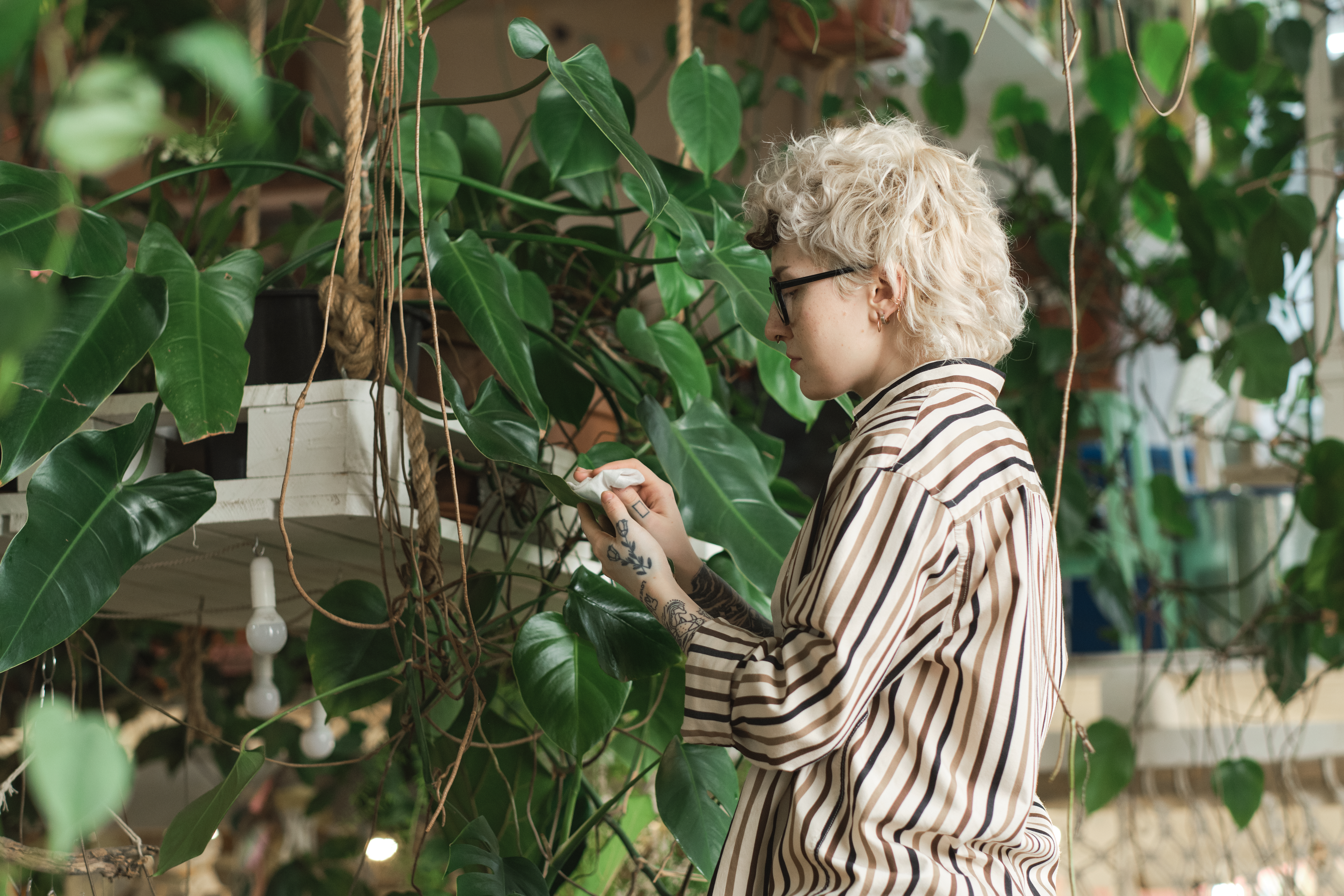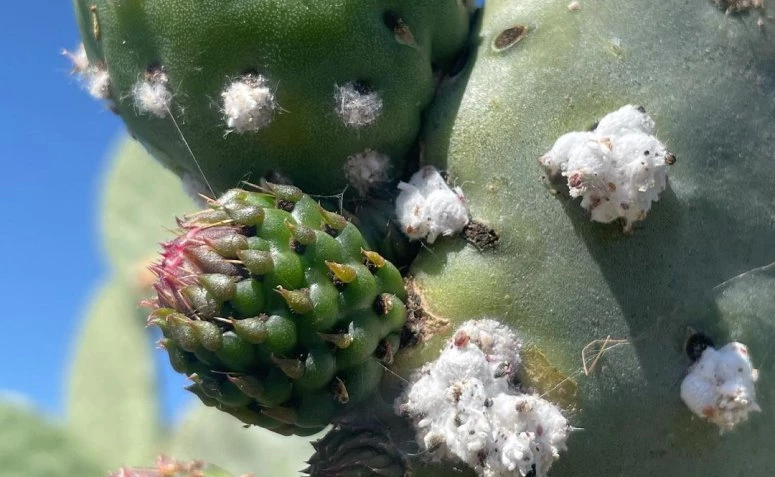Table of contents

The mealybug is one of the nightmares of garden plants. Although it is a small parasite, it is able to take nutrients from the vegetation and cause many problems. Therefore, check out valuable tips from an agronomist to eliminate the insect from your home.
What is the mealybug?
According to agronomist Henrique Figueiredo, the cochineal "is a small parasitic insect that sucks the sap from the plants and uses the nutrient as a food source.
According to the specialist, they originate from Mexico and have the most varied aspects and coloring, so they can be found in brown, green, red, and sometimes white tones.
What causes mealybugs to appear on plants?

Despite being a common pest in gardens and on plants of all kinds, the mealybug is a parasite that prefers to return to vegetation that already presents some problems.
According to Henrique, the cochineal prefers plants that have problems in some aspects. According to the engineer, the parasite can appear in plants that have "lack of nutrients and in plants that receive low light, because this promotes its weakening.
How to identify the mealybug?
According to the specialist, the best way to identify the mealybug is by observing the plant in its day to day life. The tip is to pay attention to "small points of different coloration on its leaves and stems". Besides, Henrique affirms that the plant can also present other symptoms, such as "withering and wrinkling of its leaves".
Tips for getting rid of mealybugs
The infestation of cochineal can bring a lot of damage to your plant, but know that it is also easy to be combated:
1. simple method with cotton and alcohol

The mealybug is one of the most common species in gardens, which develops intensely on the leaves and stems of plants. According to Henrique, the best way to combat this variety is by using cotton soaked in alcohol. In this method, all that is needed is to "clean the plant carefully, removing the parasites", guides the engineer.
See_also: Adopt a minimalist look in your furniture with the cava handle2. a recipe based on mineral oil and detergent
Henrique advises that for this species, the ideal is to "use a mixture of mineral oil (10 ml) and detergent (10 ml) diluted in 1 L of water. According to the specialist, this method is simple and works by spraying the liquid on the mealybugs.
3. natural prevention with neem oil

Neem oil is a product that has the ability to combat insects, fungi and pests. According to the specialist, the product is a good option to combat the insect, because it offers a preventive and natural control.
These tips make it easy to combat mealybugs, don't they? The guidelines show that, using simple products, it is possible to eliminate pests from your garden.
More tips to protect your plant from mealybugs
To ensure success in the fight against mealybugs it is always good to take note of tips from experts and people who have already experienced the problem, right? So, check out a selection of videos with more guidelines to combat this little insect:
Simple tips to combat mealybugs
In this video, gardener Randall teaches two methods for eliminating mealybugs, and gives tips on how to prepare homemade recipes and apply them correctly to plants.
How to identify mealybugs
In this video, gardener Henrique Buttler teaches how to find the insect in plants and also lists some reasons that can lead to the appearance of this pest.
Homemade recipe to eliminate mealybugs quickly
Here, you will learn a surefire tip from gardener Vitor to eliminate mealybugs once and for all in a simple way and without spending much. In the vlog, he teaches a recipe with apple cider vinegar and detergent. Are you curious? It's worth watching!
Learn how to eliminate root scales
Root mealybugs live under the soil, so they are not always easy to find, and are a silent problem for plant lovers. In this video you will learn tips on how to eliminate them without harming your plants.
See_also: Field flowers: 15 species full of charm, rusticity and beautyAfter eliminating the mealybugs, your plant will certainly need some special care to recover, so prepare a homemade fertilizer and replenish the nutrients the plant needs.


